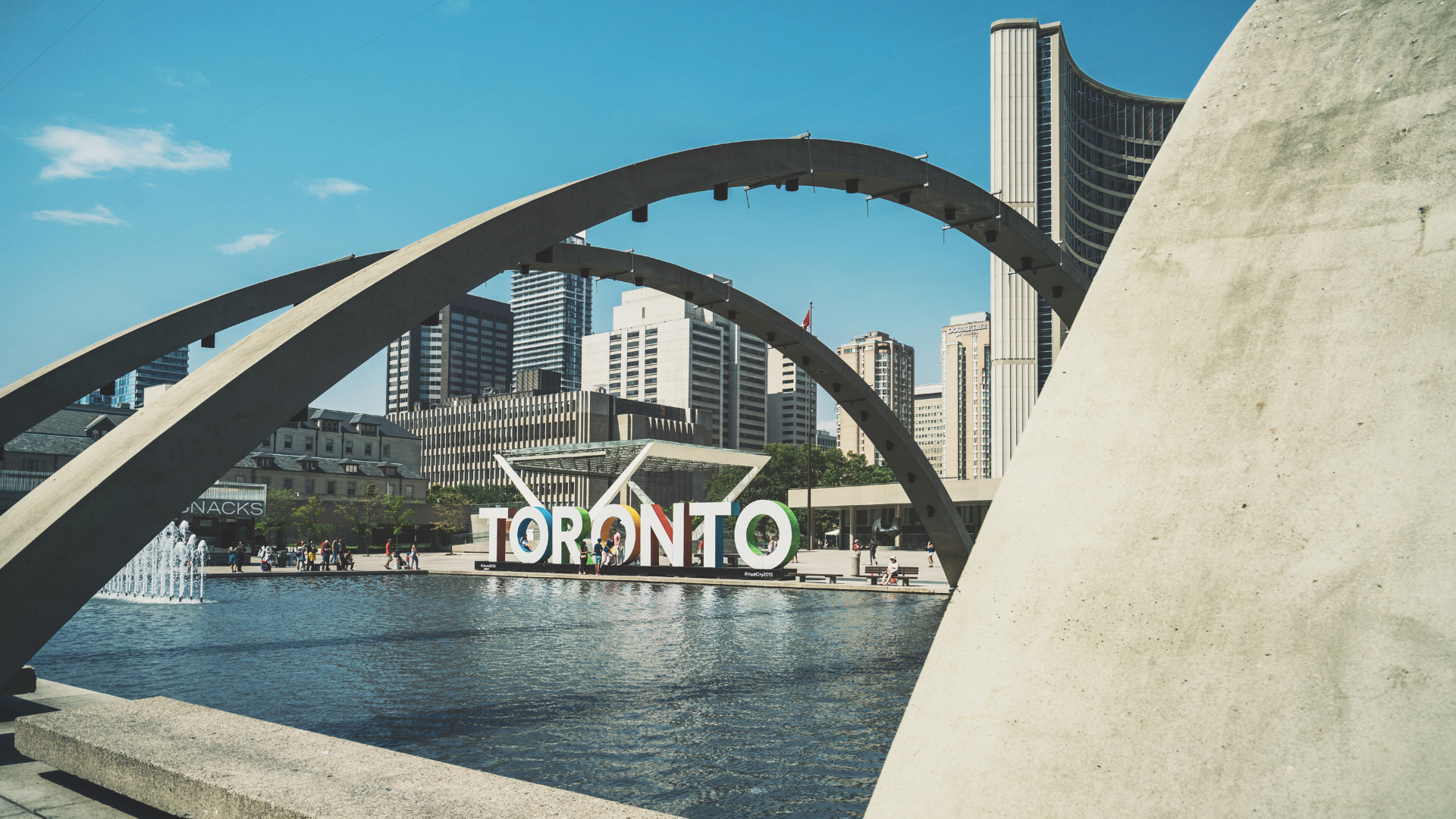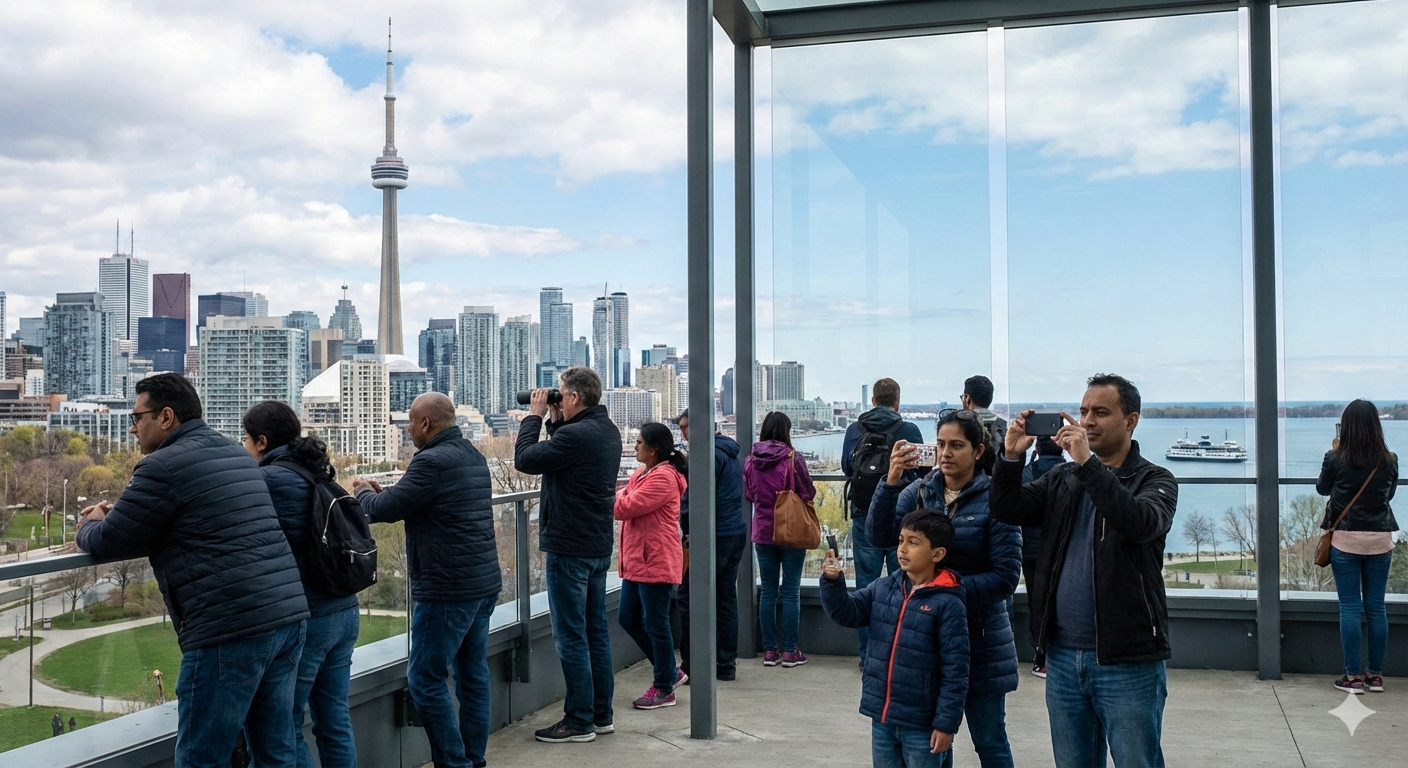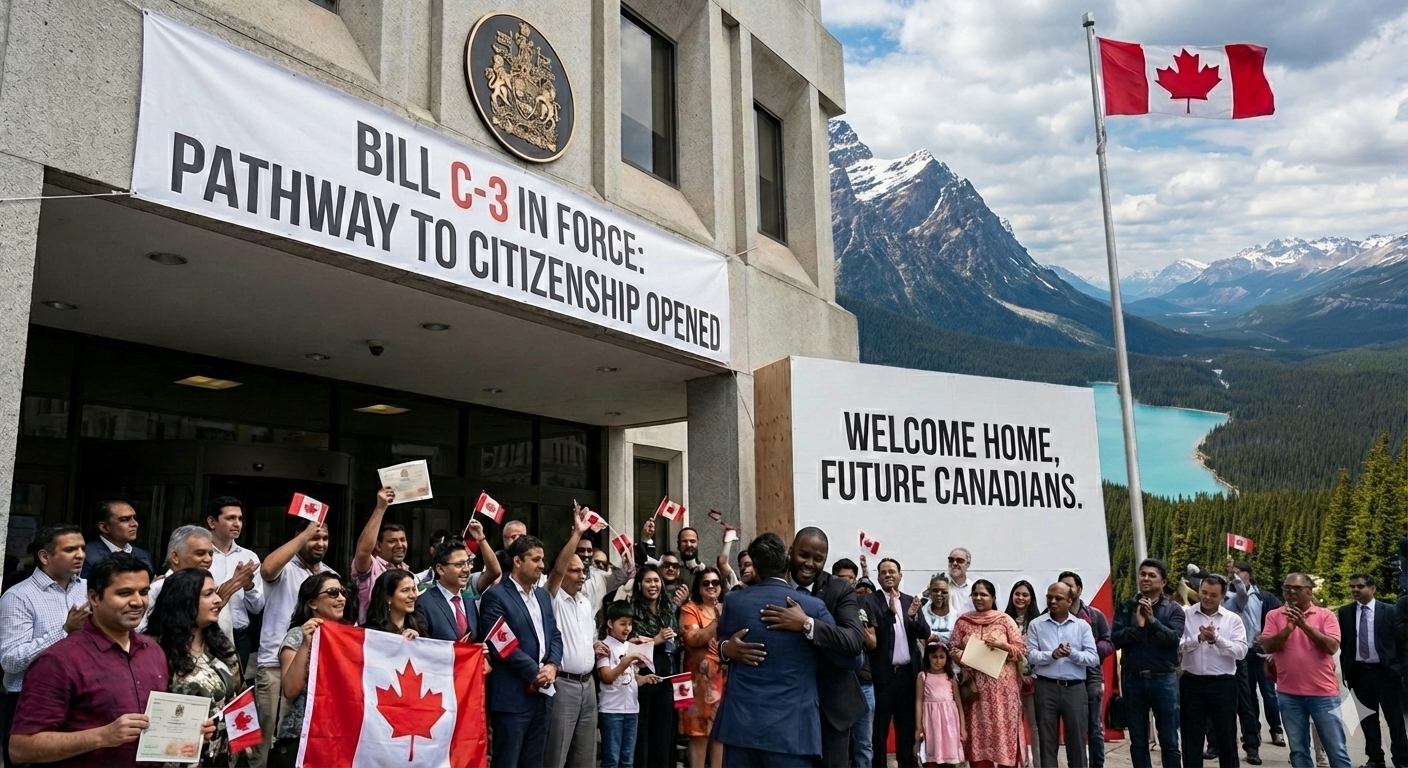IRCC’s Backlog Continues to Shrink in 2025

Canada’s Immigration, Refugees, and Citizenship Canada
(IRCC) is making steady progress in reducing its application backlog. As of
January 31, 2025, the number of applications in the backlog had dropped to
892,100. This marks the second consecutive month that the backlog has stayed
below one million. Compared to the end of December 2024, when the backlog was
942,300, there’s been a notable decrease of 5.33%.
Here’s how the immigration backlog has changed over the
past six months:
- August
2024: 1,078,300
- September
2024: 1,097,000
- October
2024: 1,056,100
- November
2024: 1,006,500
- December
2024: 942,300
- January
2025: 892,100
In addition to shrinking the backlog, IRCC has reduced the total number of
applications in its inventory. From December 2024 to January 2025, the overall
inventory dropped from 2,119,900 to 2,076,600 applications. At the same time,
applications processed within service standards increased slightly—from
1,177,600 to 1,184,500.
Understanding the Backlog
Applications fall into the backlog if they are not
processed within IRCC’s published service standards. These standards vary by
application type; for instance, Express Entry applications are expected to be
processed within six months, while family sponsorship applications have a
12-month service standard. If processing times exceed these limits, the
application is considered part of the backlog.
Permanent Resident Applications
As of January 31, 2025, IRCC had 839,900 permanent
residence applications in its inventory. Of these, 58% (or 483,500
applications) were processed within service standards, leaving 356,400
applications in the backlog. Notably, only 20% of Express Entry applications
were considered backlog, meeting IRCC’s target of processing 80% of these
applications on time.
Provincial Nominee Program (PNP) applications through
Express Entry saw an increase in backlog from 25% to 30% month-over-month,
while the family sponsorship backlog remained stable at 15%.
Temporary Resident Applications
Temporary resident permits, which include work permits,
study permits, and visitor visas, continued to have a higher backlog. As of
January 31, only 51% of these applications were processed within service
standards, leaving 493,700 applications in the backlog.
Visitor visas faced the highest backlog rate at 71%, up
from the projected 62%. Study permit backlogs also rose from 43% to 45%. On a
brighter note, work permit backlogs decreased significantly, dropping from 57%
to 42% over the same period. This indicates IRCC’s increased focus on work
permit processing.
Citizenship Grants
The backlog for citizenship applications remained
relatively low. Of the 238,600 citizenship applications in inventory as of
January 31, 2025, 82% were processed on time, leaving only 18% in the backlog.
How IRCC is Reducing the Backlog
Canada’s Immigration Levels Plan for 2025-27, released in
October 2024, set lower permanent residence admission targets for the next
three years. The government also introduced application caps, such as the
recent cap on study permit applications and the Agri-Food Pilot. By restricting
intake and adjusting targets, IRCC is working to manage its application
inventory more effectively.
In January 2025, IRCC also announced plans to reduce its
workforce by approximately 3,300 positions over three years. While this could
raise concerns about processing delays, IRCC has stated that the cuts align
with lower immigration targets. It remains to be seen how these adjustments
will impact the overall backlog.






